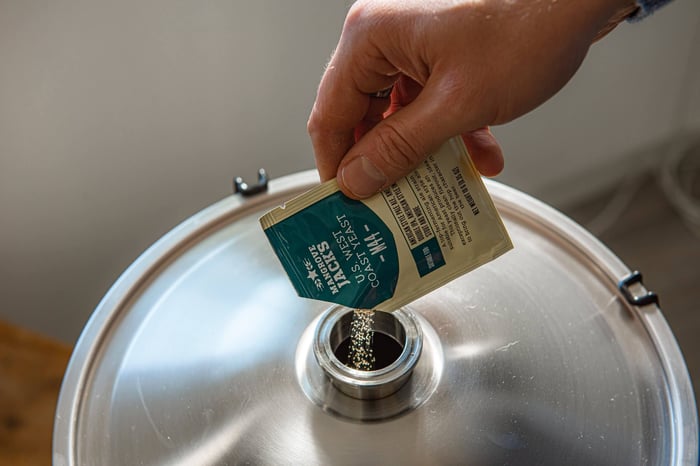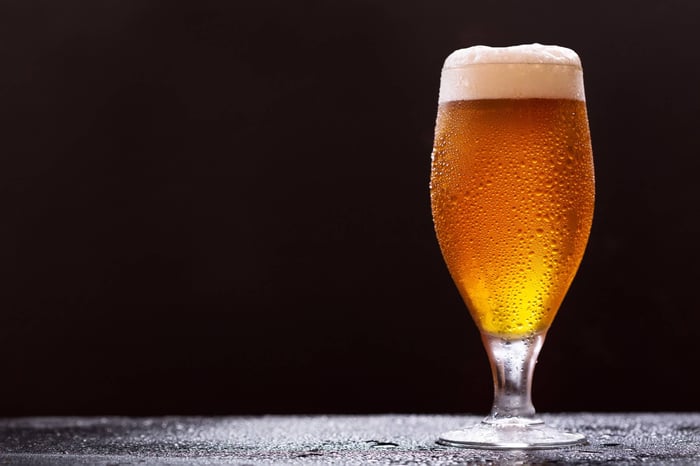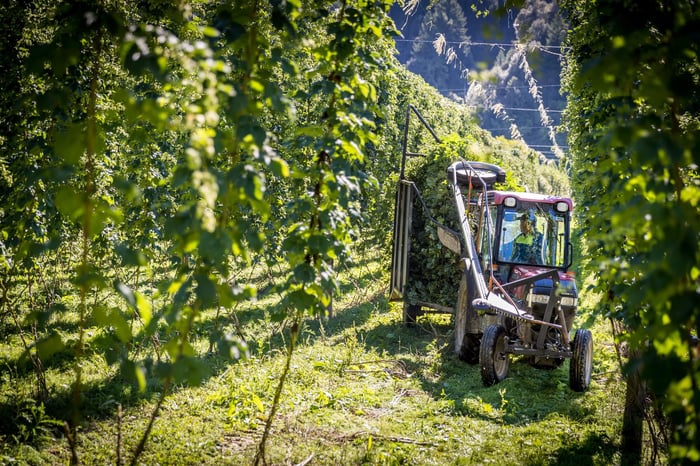Kiwi brewers have always been innovators, never afraid to challenge convention when better beer is the prize. Most of us learned to mash for an hour because that's the way it's done, but what if we're missing opportunities to create exactly the beer we're after?
Dave from our team has been deep-diving into mash timing experiments, and his results are reshaping how we think about conversion schedules. Whether you're brewing a classic Kiwi pilsner or pushing boundaries with experimental styles, these insights could transform your approach to all-grain brewing.
Enzyme Action: The Biochemical Ballet
Your mash isn't just grain soaking in hot water – it's a complex biological process where different enzyme teams perform specific functions within precise temperature ranges:
Cellular Breakdown Phase (40-53°C): Endoglucanase and beta-glucanase enzymes work to dismantle cell walls protecting starch granules. Think of them as your advance team, clearing the way for the main extraction process.
Protein Processing Zone (45-50°C): Multiple peptidase enzymes systematically break down proteins into amino acids essential for healthy fermentation. This stage directly influences beer stability, head retention, and yeast nutrition.
Starch Conversion Central (35-75°C): Alpha and beta amylase enzymes collaborate to transform grain starches into fermentable sugars. This is where the real conversion magic happens.
Research reveals that most starch conversion completes within 15 minutes at 67°C. This finding challenges traditional thinking about mash duration and opens interesting possibilities for schedule optimization.
The Imperial Stout Challenge: Three Timing Strategies
Dave selected imperial stout for investigation because it demands both high alcohol content and substantial body – conflicting requirements that test any brewing approach. Using identical recipes at 66.7°C with varied timing produced three distinctly different beers.
Recipe Composition:
- 64% Marris Otter (trusted base malt)
- 10% Munich (enhanced malt complexity)
- 9% Brown Malt (traditional depth)
- 4.4% Roasted Barley (stout character)
- 4.1% Dark Crystal (caramel richness)
- 3.7% Chocolate Malt (roasted notes)
- 3.7% Amber (color and balance)
- 1.1% Black Malt (final roast accent)
Quick Conversion Approach (20 Minutes)
The abbreviated mash achieved 61% extract efficiency with 45.2% fermentable extract percentage. Results showed exceptional body and mouthfeel but compromised alcohol potential – creating a beer that felt substantial but lacked imperial stout's expected strength.
This technique suits lower-alcohol styles where body takes precedence, particularly traditional dark ales or session-strength beers.
Standard Schedule Analysis (60 Minutes)
Traditional timing delivered 62.8% extract efficiency and 48.5% fermentable extract. This balanced approach provided adequate gravity for imperial stout requirements while maintaining the rich, full character expected from premium dark beer styles.
The results validate conventional brewing wisdom for most applications, especially when balancing efficiency with flavor development.
Extended Conversion Test (120 Minutes)
Prolonged mashing reached 63.6% extract efficiency and 50.7% fermentable extract percentage. While maximizing alcohol potential, the extended process created a noticeably thinner, more attenuated final product lacking the luxurious mouthfeel that defines quality imperial stouts.
This approach benefits high-gravity brewing where maximum fermentability matters more than body retention.
Recipe Calculations: Shorter mashes require larger grain bills for equivalent gravity. Factor this into recipe formulation and ingredient costs when planning brews.
Style Optimization: Match mash duration to beer style requirements. Session ales benefit from shorter, body-emphasizing schedules, while strong ales need extended conversion for adequate fermentability.
Process Documentation: Maintain detailed brewing records including extract efficiency, fermentable extract percentage, and sensory evaluation results for each timing variation.
Temperature and Duration Synergy
The interaction between mash temperature and time offers precise wort composition control. Higher temperatures accelerate initial enzyme activity but may compromise overall efficiency through premature enzyme deactivation.
Lower temperatures preserve enzyme functionality longer, enabling extended conversion periods that maximize extract yield while maintaining optimal enzyme performance.
Consider graduated timing adjustments rather than dramatic changes. Fifteen-minute increments provide sufficient variation for meaningful comparison without risking entire batches.
Quality Control: Implement consistent measurement protocols including specific gravity readings, pH monitoring, and temperature verification throughout the mash process.
Efficiency Tracking: Calculate and record both extract efficiency and fermentable extract percentage for comprehensive brewing data analysis.
Innovation Through Understanding
New Zealand's brewing reputation builds on creative problem-solving and willingness to experiment. Understanding mash timing relationships provides another tool for achieving specific brewing objectives and developing unique beer characteristics.
Whether optimizing traditional styles or creating innovative interpretations, these fundamentals enable precise control over crucial beer attributes like body, strength, and overall character.
Have you experimented with non-traditional mash schedules? These principles open new possibilities for recipe development and style exploration in your brewing journey.
Grainfather Team










